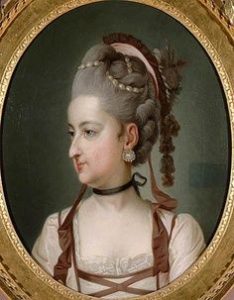Georgian Hairstyles: Georgian era is characterized by huge hairdos. It is one of the landmark periods in the history of hairstyles. Using a variety of pigments, colors, instruments to create beautiful hair was seen frequently.
Colouring Hair
One approach to making dark hair included washing the hair with spring water, dunking a brush into oil of tartar, and sifting the oil of tartar through the hair while sitting in the sun.
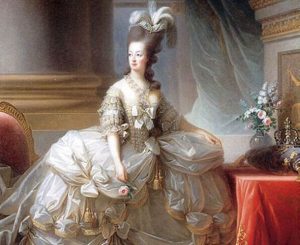
This procedure was to be rehashed three times each day. It was guaranteed that thusly “at the end of eight days at most the hair will turn black.”
Another technique to accomplish dark locks included blending one ounce and a half of oil of costus and myrtle in a heavy mortar and after that including a half ounce of fluid Pitch, communicated juice of walnut leaves, and laudanum.
Georgian Hair Treatment
To this blend was included a drachm of annoy nuts, dark lead and Frankincense, and an adequate amount of gum arabic made with a decoction of rankling nuts. Straw colored hair could be accomplished by taking a quart of lye arranged with the slag of vine twigs.
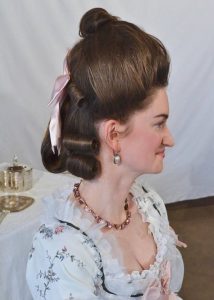
To this was included a half ounce of briony, celandine roots, and turmeric; two drachms of saffron and lily roots; and a drachm of blooms of mullein, yellow stench, floor brush, and St. Johns-wort.
The blend was then heated up, the tidy fluid stressed up, and after a few items of washing the outcome was yellowish hair.
Georgian Hairstyles: Brushes
As far as anyone knows, the best brushes were respectably long and fine, and brushing fulfilled “tenderly and steadily.” The hair was brushed straight or downwards every which way, until the point when it was “rendered very smooth.”
The movement and edge of the brush at that point changed expecting “a bearing upward and over the head or one in spite of that in which the brush was already utilized.”
Hair Instruments and Ingredients
Brushing toward this path proceeded until the point that all the scurf missed amid the main brushing was expelled.
Twisting tongs or crisping irons took after the oil or grease. The hair was separated and balanced with a coarse finished brush and “again very much brushed to give it smoothness and set.
Georgian Wigs
Wigs and hair were secured with hair powder made of starch (potato or rice flour, not wheat flour). Sleek greases connected to the hair enabled the powder to stick and fragrant oils conceal scents.
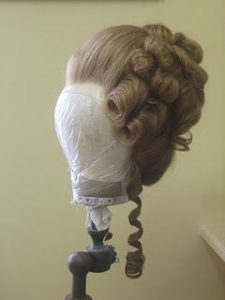
Heads would frequently be embellished with wax leafy foods beautification. For example, blooms or even model cruising ships, and the most expound hairdos would stay set up for quite a long time or weeks on end.
Nightcaps
Nightcaps for haircut safeguarding were made from “some light material, and of simple fit,” yet even the lightweight ones were restricted by a few commentators, and, no less than one faultfinder noted,
“there is nothing that tends [s] more to head-ache [sic], colds, hacks, and a few different ailments than keeping the head warm.
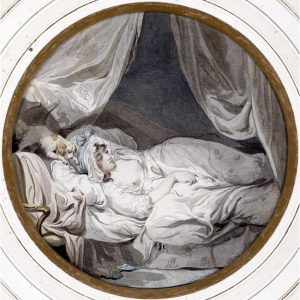
Jane Austen agreed and talked about the benefits of nightcaps in a letter to her sister Cassandra: “ They save me a world of torment as to hair-dressing,
Which at present gives me no trouble beyond washing and brushing, for my long hair is always plaited up out of sight, and my short hair curls well enough to want no papering.”
Georgian Hairstyles
Inside these grand headpieces, fellows and women obtained the infrequent lice, yet the Georgians had a response for that as well. Exceptionally composed bars were sold that could be slid between the layers of hair and used to scratch the lice chomps.
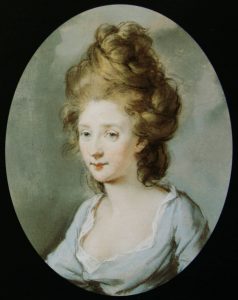
On the off chance that the lice turned out to be extremely irritated there was dependable the likelihood of treating them with mercury, however, given this was known to possibly cause frenzy or demise, a scratching pole was typically the favored alternative.
‘No gain without pain’ seems rather apt for these Georgian hairstyles.
More Info On- Movies based on Georgian era, Literature, Women’s life of Georgian Era
